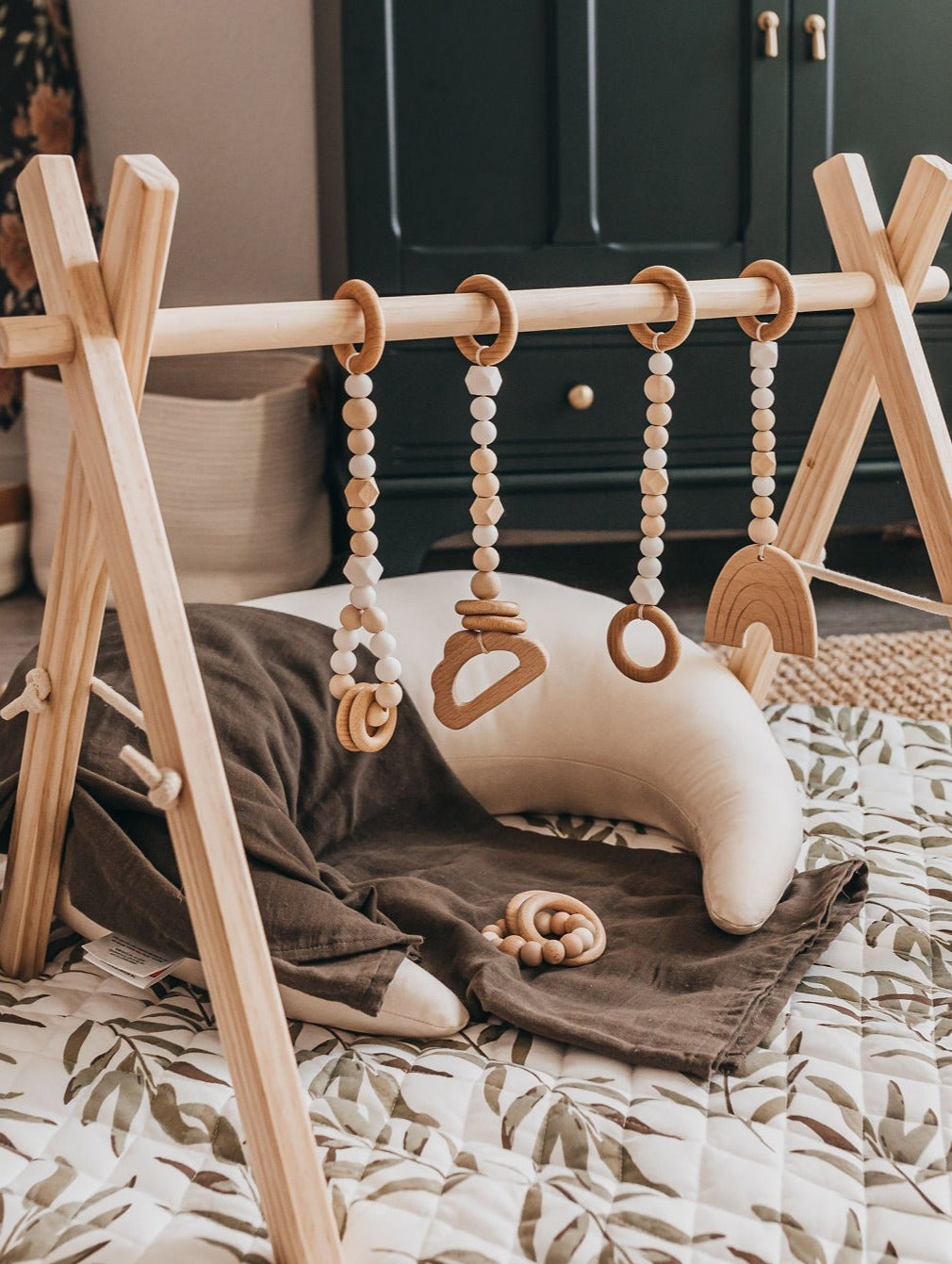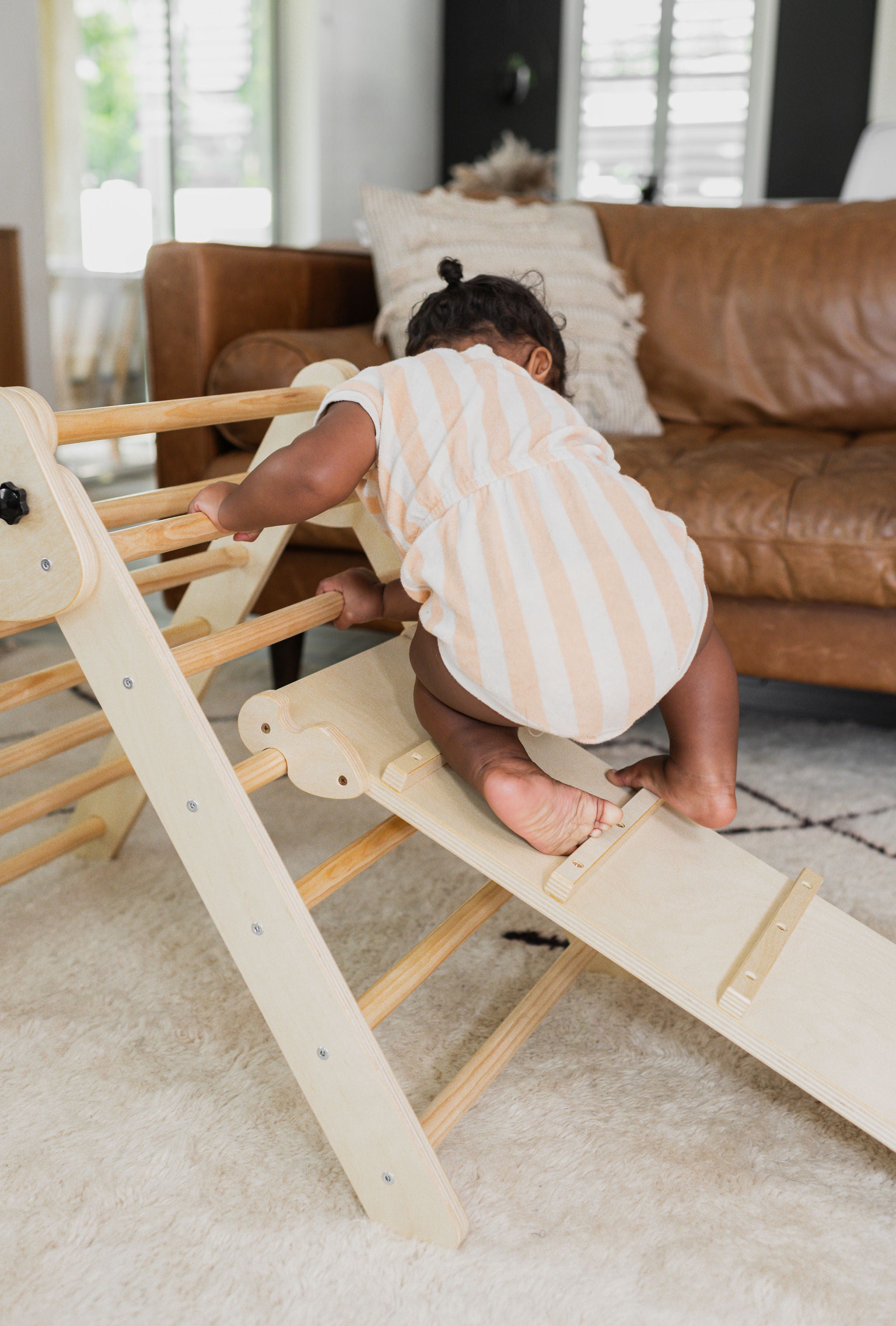
Los Angeles Restoration Rentals: High-Performance Equipment Rentals for Water Damage and Mold Remediation
Los Angeles Restoration Rentals: High-Performance Equipment Rentals for Water Damage and Mold Remediation

When disaster strikes—whether it’s flooding, high humidity, or mold growth, Los Angeles restoration rentals offer reliable access to high-performance restoration equipment rental services. Homeowners, contractors, and restoration professionals can rent the exact equipment they need without the burden of ownership. From dehumidifiers and air movers to HEPA vacuums and negative air machines, every tool serves a specific purpose in your recovery process.
Wide Range of Restoration Equipment Available for Rent
Leading equipment rental shops in Los Angeles and Orange County provide a full range of professional-grade restoration tools, ensuring your cleanup job is done safely and effectively. Common equipment for rent includes:
- Commercial Dehumidifiers: Essential for removing excess moisture from flooded areas and maintaining balanced humidity during cleanup.
- Air Movers: Speed up floor drying and reduce dampness in walls and ceilings after water damage.
- Negative Air Machines: Control air quality and help prevent the spread of contaminants during mold or remediation projects.
- HEPA Air Scrubbers: Filter fine particles, allergens, and mold spores from the air for a cleaner environment.
- Generators: Ensure power reliability on construction or restoration sites in the event of an outage.
- Thermal Cameras: Detect hidden water pockets to target dry areas with precision.
- Moisture Meters: Monitor moisture levels in real-time during the restoration process.
Each rental equipment unit is inspected, cleaned, and tested to meet strict performance and safety standards.
Why Choose Restoration Equipment Rentals in Los Angeles?
Los Angeles restoration equipment rental services offer many benefits over buying, especially when you need access to industrial-grade tools for short-term or emergency use.
- Cost-Effective: Get access to high-value equipment without large upfront costs.
- Flexible Rental Terms: Choose daily, weekly, or monthly rental plans based on project size and timeline.
- Efficient Tools: High-performance models ensure the job gets done quickly and effectively.
- Expert Service: A trained team can recommend the best tools for your specific restoration scenario.
- Emergency Availability: Many shops offer 24/7 rental in Los Angeles for time-sensitive jobs.
Whether you’re handling a small leak or an extensive cleanup, rental equipment gives you the edge to restore your property fast and efficiently.
Who Benefits from Los Angeles Restoration Rentals?
Restoration equipment rentals are ideal for various industries and needs throughout Southern California, including:
- Contractors: Keep your construction site on track with powerful air movers and industrial dehumidifier rentals.
- Water Damage Restoration Companies: Scale your fleet with reliable, high-capacity equipment during surges in demand.
- Homeowners: Address sudden floods, leaks, or humidity issues with professional tools from a local equipment rental shop.
- Property Managers: Respond quickly to tenant emergencies with access to the right tools.
- Mold Remediation Experts: Use specialized tools like HEPA air scrubbers and negative air machines to meet industry compliance standards.
From downtown Los Angeles to Orange County and even into Phoenix and nearby cities, customers across the area rely on flexible, professional equipment rentals to get the job done right.
Common Projects That Require Restoration Equipment
Los Angeles is no stranger to property challenges such as aging infrastructure, sudden storms, or high humidity. In these cases, renting the right restoration equipment is critical. Typical uses include:
- Water Damage Restoration: Whether caused by natural disasters, burst pipes, or appliance leaks, rapid drying with dehumidifiers, air movers, and moisture meters can help prevent long-term structural issues.
- Mold Remediation: Proper air management and containment are essential. Negative air machines and HEPA filters are standard tools for these sensitive operations.
- Post-Construction Drying: After drywall installation or concrete pours, contractors use dehumidifier and air mover combos to maintain ideal drying conditions.
- Emergency Cleanup: Fire or water emergencies often require immediate access to generator support, air scrubbers, and restoration tools to stabilize indoor conditions.
What to Look for in a Restoration Equipment Rental Company
Choosing the right company for Los Angeles restoration rentals means focusing on service, reliability, and access to a variety of equipment types. Top providers typically offer:
- Broad Inventory: A wide range of rental equipment suited for every kind of restoration, construction, or remediation job.
- Same-Day Delivery: Many companies in Los Angeles and Southern California offer same-day drop-off for urgent situations.
- Competitive Pricing: Transparent pricing with no hidden fees or long-term commitments.
- Knowledgeable Staff: A dedicated team that understands jobsite challenges and can match you with the right tools.
- Service Area Coverage: Providers that serve not only Los Angeles, but also Orange County, Phoenix, and surrounding regions.
Tool Rental Options Beyond Restoration
In addition to restoration equipment rental, many equipment rental shops in Los Angeles offer broader tool rental categories including:
- Construction Tools: Drills, jackhammers, sanders, and saws for renovation and build projects.
- Generators and Lighting: Portable power solutions and work lights for off-grid or after-hours jobs.
- HVAC and Air Control: Portable AC units, heaters, and air scrubbers to manage interior environments.
- Ladders and Scaffolding: Access tools that meet jobsite safety requirements.
Whether you need to manage humidity, dry out a flooded basement, or clean the air after a disaster, Los Angeles Restoration Rentals offer the equipment and support you need to get back on track.



